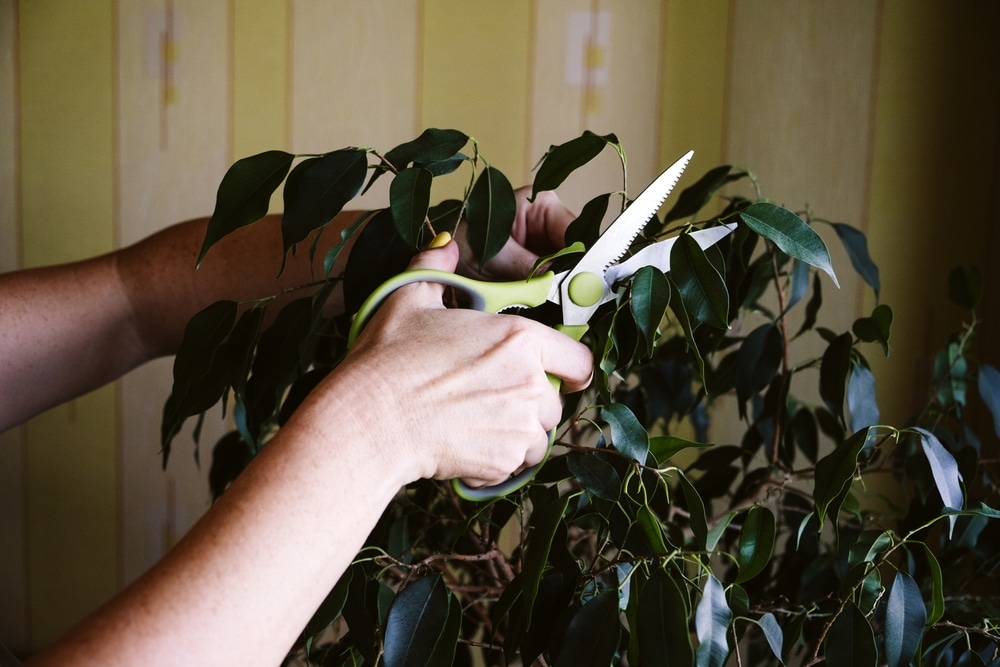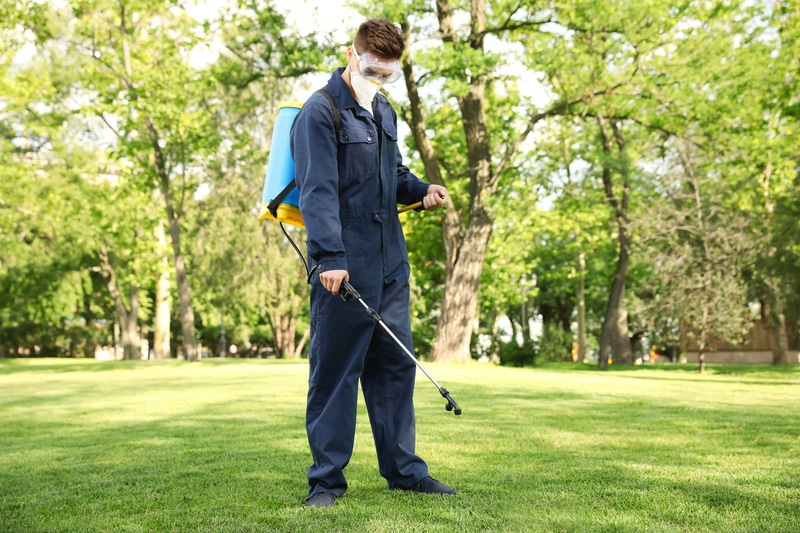
Ficus Benjamina is the plant’s name most commonly known as a weeping fig. It is a flowering plant native to Asia and Australia and is most commonly used to decorate indoors.
Being an indoor plant requires particular care to ensure it looks great.
Except for the watering and fertilizers routine, other techniques, such as pruning, ensure you are getting the best of it. That said, here’s how to prune Ficus Benjamina.
How to Prune Ficus Benjamina
- Pruning
First, you need to understand what pruning is and how it will benefit you if you deal with Ficus Benjamina.
It is pretty simple, and pruning is basically the process of discarding or removing the parts of the tree that are not requisite to growth, and they don’t look well either.
While dealing with a ficus Benjamina since you are using it as a decoration for your indoors, it takes a lot of care in terms of pruning.
The overgrown parts of the weeping fig can also be dangerous for optimal growth, and here is how you need to prune it efficiently.
- Locating the Nodes
To start with the pruning, you will need to locate the nodes that are not necessary and are adding unnecessary bulk or masses to the plant.
All these nodes need to go away, and you will have to make sure that you are choosing only those nodes that will not deform the plant shape and make it look not good.
You will need to locate the nodes where a leaf joins the stem or the branch to cut it down.
- Cut them Right
To start the cutting process, a gardening knife would help you out. You must ensure that you are cutting them on a downward slant before the node for the perfect shape, which will ideally take your node off the plant.
You can also cut close to the node without cutting into it, which will get the unnecessary and bulky leaves off your new node.
- Leave a Node
If you want the same branch to have proper growth on it again, you will need to leave at least one node to ensure that there is room for growth.
That will help you out ideally, and after due time, it will grow the leaves again that you can shape and prune according to your preferences.
- Eliminate the Branch
However, if the whole branch is growing wrong and you don’t want any further growth, the best way would be to eliminate the whole branch.
To do that, you will need to cut the whole branch just before the trunk or limb and don’t need any nodes on top that can cause the branch to grow again.
This would be just the perfect thing for you to have the right experience with your pruning of ficus Benjamina.
How To Prune Ficus Benjamina?
Pruning Ficus Benjamina is important to ensure that the tree remains healthy and attractive.
By pruning the branches regularly, you can control the size and shape of your Ficus Benjamina while encouraging new growth. To correctly prune a Ficus Benjamina, follow these steps:
- Choose a day with low wind and no rain. Pruning should be done in the spring or fall when the tree is actively growing.
- Remove any dead, diseased, or broken branches as soon as you spot them. This will help promote healthy new growth and keep your Ficus Benjamina looking its best.
- Use sharp pruners or loppers to cut off branches near the trunk. Make sure your cuts are clean and precise, as this will help to prevent the disease from entering the tree.
- Start with larger branches and then move on to smaller ones. Cut back each branch by one-third of its length. This will ensure that the tree doesn’t become top-heavy and encourage new growth at the tips of each branch.
- Prune any weak or spindly branches to promote better air circulation and reduce the risk of infestation from pests.
- 6. Trim any branches growing too close to structures or other trees. This will help create a more pleasing shape for your Ficus Benjamina and prevent it from becoming overcrowded.
- Prune off branches crossing over one another, as this can cause rubbing and damage to the tree’s bark.
- Remove sucker growth from the base of the tree. These small, fast-growing branches can detract from your Ficus Benjamina’s overall beauty and take away resources from more important parts of the tree.
- Apply a balanced fertilizer to encourage new growth in areas where you have pruned off larger branches. This will help ensure that your Ficus Benjamina is healthy and growing steadily.
Pest Control: In addition, it is essential to regularly inspect your Ficus Benjamina for signs of pest infestation, such as webbing or holes in the leaves.
If you notice any evidence of pests, use insecticidal soap or horticultural oil to eliminate the problem and prevent it from getting worse.
Be sure to follow all directions when applying these products, as they can be harmful if misused. Regularly checking your Ficus Benjamina for signs of pests is a great way to keep it healthy and beautiful for many years.
Watering: Ficus Benjamina likes to be consistently moist but not overly wet. Water your tree well and let the top inch of soil dry out before watering again.
During the growing season, you may need to water your Ficus Benjamina more often than during other times of the year. If the leaves start to yellow or drop, you may need to water them more frequently.
Fertilizer: Feed your Ficus Benjamina with a balanced liquid fertilizer every two or three months during the growing season. This will provide essential nutrients and help promote healthy growth. Avoid using too much fertilizer, which can cause excessive leaf drop and other issues.
Light: Ficus Benjamina prefers bright, indirect light but can tolerate some direct sunlight. If your tree receives too much or too little light, its leaves may turn yellow or drop. Move it to a different spot if this happens to ensure that it gets the right amount of light for healthy growth.
What to avoid while Pruning Ficus Benjamina
Pruning is a necessary evil to keep your Ficus Benjamina healthy and happy.
While there are a few general guidelines you should follow, there are also a few things you should avoid while pruning your tree. Here are four things to remember the next time you reach for the pruning shears.
Avoid pruning too much from the top of your Ficus Benjamina. Although pruning can help shape a complete and symmetrical tree, overdoing it at the top can leave your plant looking lopsided or bare.
It’s also important to remember that pruning too much foliage from the top of your tree can expose it to too much sunlight and cause sunburn.
Next, ensure you’re not pruning branches that are too thick or too small. Branches that are thicker than ¾ of an inch in diameter should not be pruned as they may cause damage to the tree.
Smaller branches (under ¼ of an inch) won’t typically be able to survive the pruning process and should also be avoided.
Also, try not to cut too much in one go. Pruning is a gradual process and it’s best to take your time with it.
If you prune too much all at once, you risk shock or damage to the tree that could cause health problems or stunted growth.
Also, be mindful not to prune during the hottest parts of the day. Pruning should ideally be done in the morning when temperatures are more relaxed and more consistent.
Pruning in the afternoon can leave your Ficus Benjamina vulnerable to heat damage.
It’s also important to note that specific tools (like electric pruning shears) can be too harsh for the fragile branches of your Ficus Benjamina. Stick to a manual pair of shears when possible.
By following these tips, you’ll be able to keep your Ficus Benjamina looking great while avoiding any unnecessary damage or health problems that could arise from improper pruning. Happy pruning!


